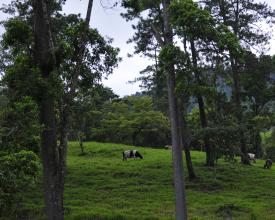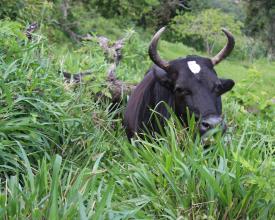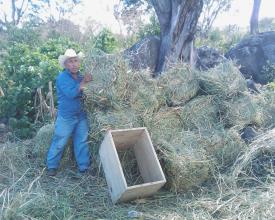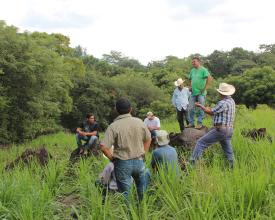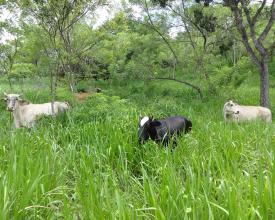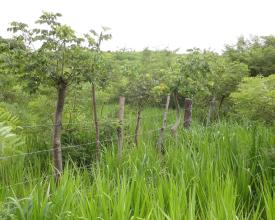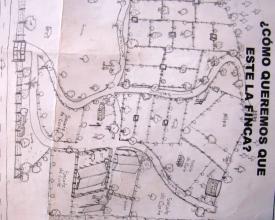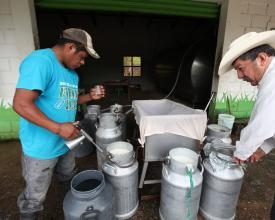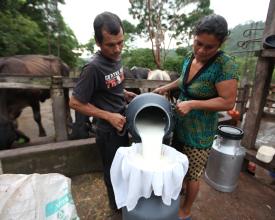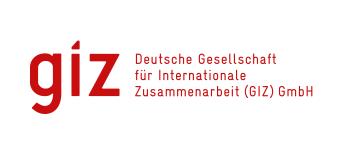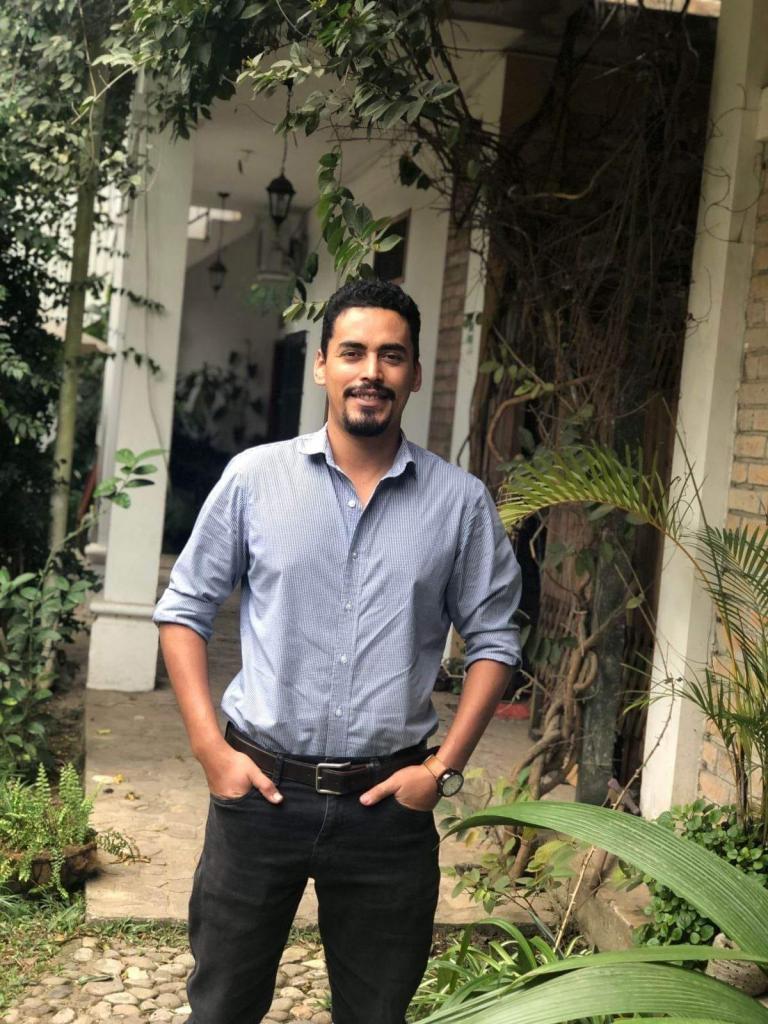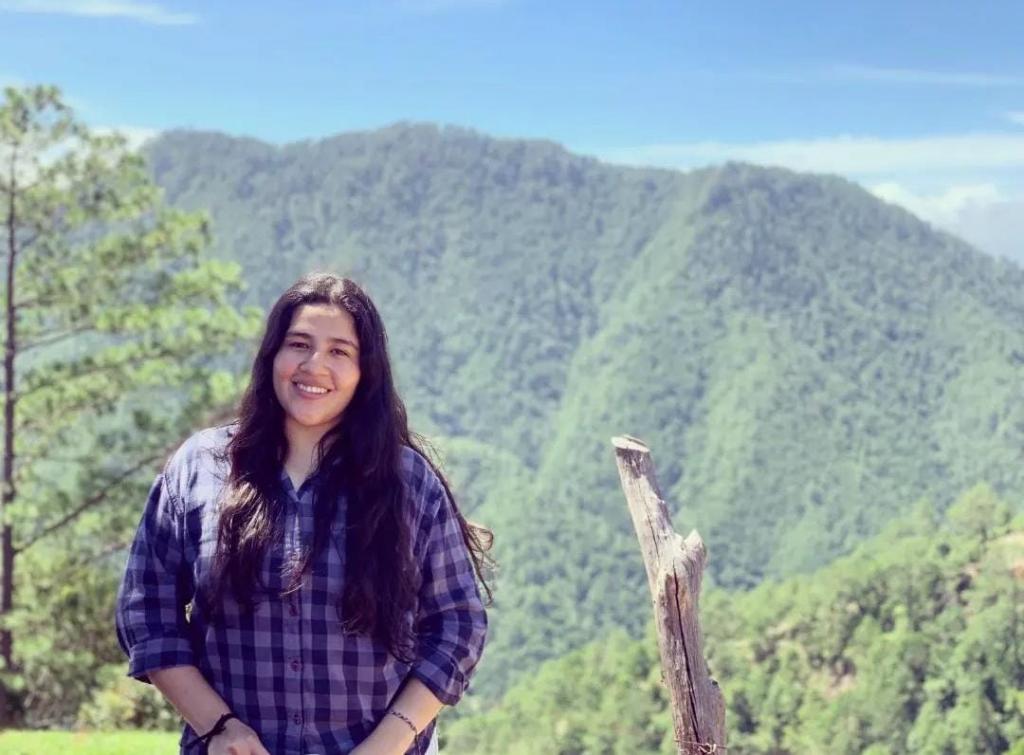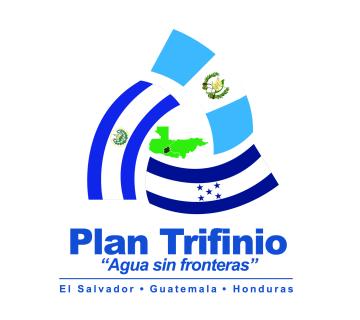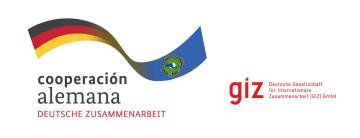
Environmentally friendly livestock farming in the Trifinio Region
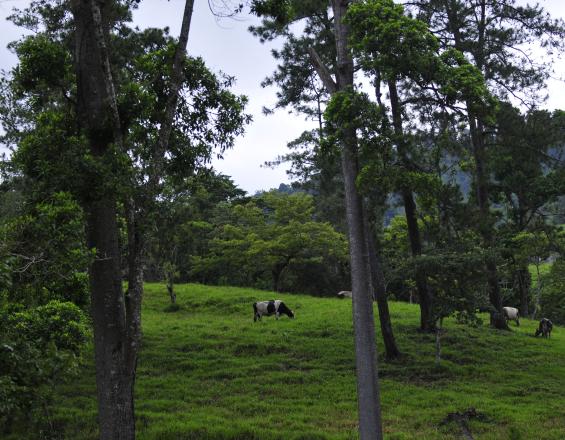
Cattle raising is one of the productive activities with the greatest potential in the Trifinio Region, where El Salvador, Guatemala and Honduras border. For many families, it is already one of their main sources of income. However, most livestock production units are located on hillside soils and are characterized by extensive grazing. These traditional or conventional production systems have a strong impact on the environment, are unprofitable and vulnerable to the effects of climate change. The solution promoted more diversified and intensive management in more than 100 pilot production units. Farmers integrated complementary practices to protect the environment, increase productivity, and improve their milk marketing capabilities.
Context
Challenges addressed
- Extensive grazing in natural pasture plots leading to soil compaction and massive reduction in the presence of feed in the dry season; extension of areas, in some cases cutting forest.
- Livestock farmers' distrust of technical assistance initiatives due to previous bad experiences.
- Livestock farmers' reluctance to organize themselves and invest jointly in order to better market their milk.
- In each of the Trifinio countries, the situation in the milk market has its own characteristics. In Guatemala and Honduras there are many sellers and few buyers, so farmers have very little influence on prices. In the case of El Salvador, there are several "big" buyers, offering different opportunities to farmers. However, in all three countries, farmers lack the capacity to ensure the high level of quality that would open the way to markets with higher prices per bottle of milk.
Location
Process
Summary of the process
Technical capacity building was the foundation of the solution. An expert transferred to the farmers the knowledge needed to establish and maintain more profitable and environmentally friendly livestock farming. In pilot areas of their farms, the farmers were accompanied in the implementation of these same practices. For the "test", the expert provided each farmer with a predefined and agreed upon seed capital. In return, the farmers implemented their own commitments, mainly environmental, such as planting trees or releasing areas for natural regeneration. The aim was to strengthen the farmers' ownership of the practices. By improving technical capacities to achieve marketing channels with higher prices, and strengthening groups of farmers in their organizational capacities, the aim was to increase income and thus improve the living conditions of cattle-raising families. The three building blocks therefore focus on the three main dimensions of sustainable development: social (cohesion among farmers), environmental (environmental awareness and protection practices) and economic (profitability of the new practices).
Building Blocks
Technical capacity building for farmers
The development of technical capabilities was based on the transfer of knowledge coupled with the direct application of the new practices transferred to the beneficiary farmers in pilot areas of their farms. On a rotating and regular basis, farmers from the same area met at the farm of a volunteer farmer to attend explanations and demonstrations of the practices by the expert. The participatory methodologies encouraged the exchange among the farmers, opening up space for their own experiences and knowledge. At the same time, the technician periodically visited each farmer's production unit to correct mistaken implementations, ensure compliance with the farmer's commitments, and open space for specific questions. The training plan included four basic silvopastoral practices (pasture division, improved pastures, fodder bank, live fences) and three complementary practices (silage, haymaking, nutritional blocks). The implementation of the practices was carried out throughout the year according to weather conditions. In addition, the expert taught the farmers hygiene practices in order to improve their ability to market their milk.
Enabling factors
- Motivated and qualified technician, with strong support from his manager, who establishes transparent and trusting relationships with farmers
- Reasonable duration of the capacity building process, allowing to face together (expert-farmer) doubts and setbacks. In this case it was 7 years.
- Seed capital for a pilot area, since the establishment of innovations requires significant investments.
- Exchange tour to livestock farms, where the implementation of the practices already proved successful, had a motivating effect.
Lesson learned
- The implementation of the different environmentally friendly livestock practices in a small pilot area during the first year allowed the farmer to gain experience before progressively expanding the area of application.
- A homogeneous group of members, with the same degree of adoption of silvopastoral practices, facilitated the transfer of knowledge compared to working with heterogeneous groups.
- The number of follow-up visits made to the same production unit did not determine the quality of the implementation of the different practices. The key was the relationship of trust and transparency between the farmer and the expert, as well as the availability of the latter.
- In the visits to the farms, it was key that the silvopastoral expert provided effective support, responding professionally and adequately to doubts. This also strengthened the bond of trust between the expert and the farmer.
Commitments on the part of the farmer
Part of the solution was to encourage a shift from traditional or conventional production to environmentally friendly livestock production through seed capital provided to each farmer. The seed capital was related to the practices themselves, and was always provided in kind (e.g. barbed wire for paddock division, seeds for fodder banks, etc.). It also demanded a counterpart on the part of the farmer. For example: the expert committed himself to provide a certain predefined quantity of barbed wire to the farmer, and the farmer committed himself to plant a certain number of sprouts in the new fences. The ranchers' commitments were of an environmental nature: planting trees and freeing areas for natural recovery. In this way, a greater commitment and ownership was achieved on the part of the farmers, and the proper use of the inputs provided was also ensured.
Enabling factors
- The same types of commitments were required by all farmers.
- Sensible monitoring of the implementation of commitments
Lesson learned
- To avoid misunderstandings and ensure good monitoring, it was essential to define jointly and transparently in the farm plan the expert's contributions and the farmer's commitments at the beginning of the collaboration. The document was then signed by both parties.
- The inclusion in the expert's work of regular visits to the farms allowed him to ensure the proper use of the seed capital and compliance with the commitments, or otherwise to enter into a dialogue.
- To ensure effective fulfillment of the commitment, each farmer's contribution had to be sized in proportion to his available resources.
Strengthening of marketing capabilities
The silvopastoral practices were aimed at and achieved, among other things, to improve yields on the cattle farms, that is, to increase milk production per cow. Since higher productivity also meant an increase in the income of the cattle-raising families, marketing aspects were addressed, with priority given to quality and quantity. Producers were trained in measures to ensure greater hygiene in milking and milk handling. With a better, uncontaminated product, the producers were now able to approach buyers offering better prices. The organization into groups met the challenge of the volume needed for better marketing.
Enabling factors
- Existence of various marketing options for farmers.
- Collective trainings with all farmers in the same area, which are a space for establishing contact and building trust, and thus the basis for organizing into cooperatives.
Lesson learned
- The farmer groups themselves have to dare to commit to selling to a specific buyer. Even if conditions seem favorable - quantity and quality of milk produced in the group, availability of cooling tanks - this step can stall.
- Even if producers are not marketing together, the existence of a group of farmers in the same area facilitates dialogue, exchange and mutual support.
Impacts
After 7 years of regular technical assistance to farmers, the following has been observed:
- Increase in milk production per cow of about 20%, and increase in milking cows of almost 60% (both on average).
- Increase in farm income by an average of 20%.
- Reduced dependence on off-farm inputs through own production and storage methods for cattle feed. The use of concentrate feed was reduced by an average of 8% per cow, which is equivalent to 200 USD/cow per year.
- With the reduction of grazing areas, some areas of the farms were left to natural recovery. In addition, the rotational use of paddocks allowed soils to recover from trampling, thus having a positive effect on the reduction of soil compaction.
- Increased communication between farmers in the same area, for example for the exchange of experiences.
- Change in the attitude and aptitude of farmers to manage the resources on their farms. Farmers now have technical knowledge, a more managerial perspective and environmental awareness when managing their farms.
- Reduced vulnerability of ranching families and areas to the effects of climate change.
Beneficiaries
109 small and medium cattle ranchers with primary education.
They own an average of 13 hectares, varying between 1.5 and 100 hectares. Cattle ranching represents their main source of income, and they own their land.
Sustainable Development Goals
Story
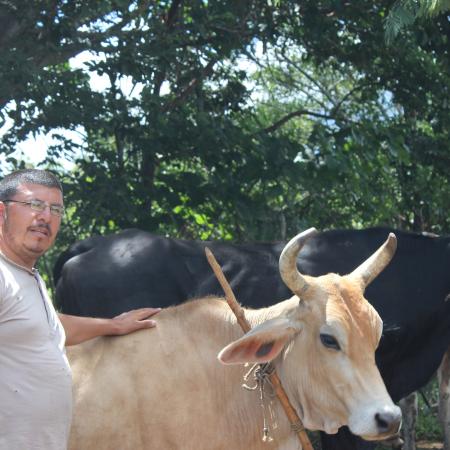
"In my case, I have gone out of the usual way of managing my farm. For example, pastures, maintaining live fences, silos; it is something I was not used to. I have more or less 13 manzanas [9 hectares]. Before I met the Program, it was abandoned land, I milked 4 cows and did not produce because I had no food and I had no one to give me ideas. So, this year I did not buy food for my cows and my cows are producing and I am improving the land. It is hard, but we are improving. My land was legally worth no more than 200,000 quetzales [US$26,000], and now it is almost a million [US$134,000]."
Edgar Rosales recently benefited from the technical assistance framed in the solution. The silvopastoral expert first supported him in designing a farm plan: together they observed and analyzed how the land and livestock were doing, then Edgar projected how he would like it to be. Finally, together they defined a road map with measures to be taken and the commitments of each one. For some of the measures, the expert provided support such as barbed wire, grass seed or technical sheets on silvopastoral practices. The rest had to be provided by Edgar himself. During the last year, he implemented multiple innovations on his farm: he divided the paddocks, most of which he uses on a rotational basis for cattle grazing; another part, on the bank of the river that borders his property, he left to natural recovery. In addition, he planted improved grass that is more resistant to drought and more nutritious for the cattle. To separate the paddocks, he planted trees to reduce the cost of posts and create habitat for birds. Cost reductions are already being felt for cattle feed. He established a fodder bank through which he stored feed for the summer season, which greatly impacts the dry corridor in which he lives. The improved nutrition of the cows has already been felt in the amount of milk milked. Above all, the variation between summer and winter was reduced.
